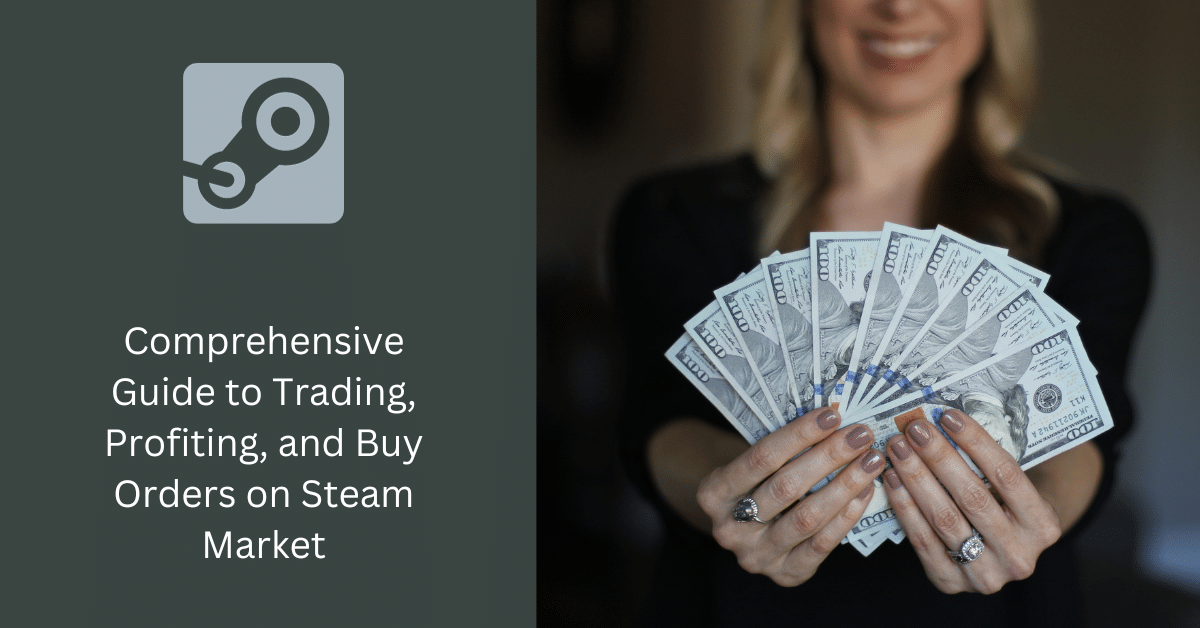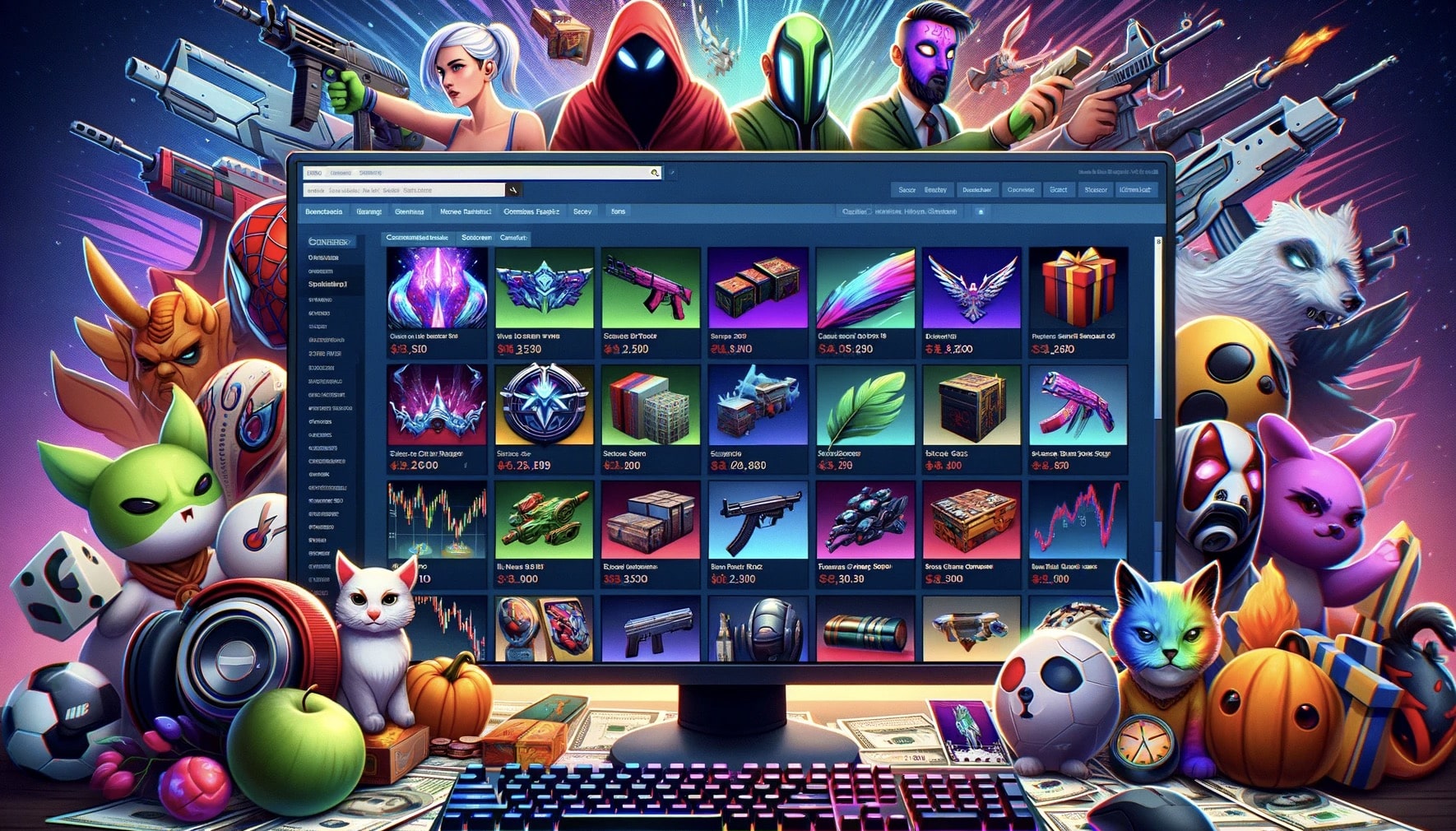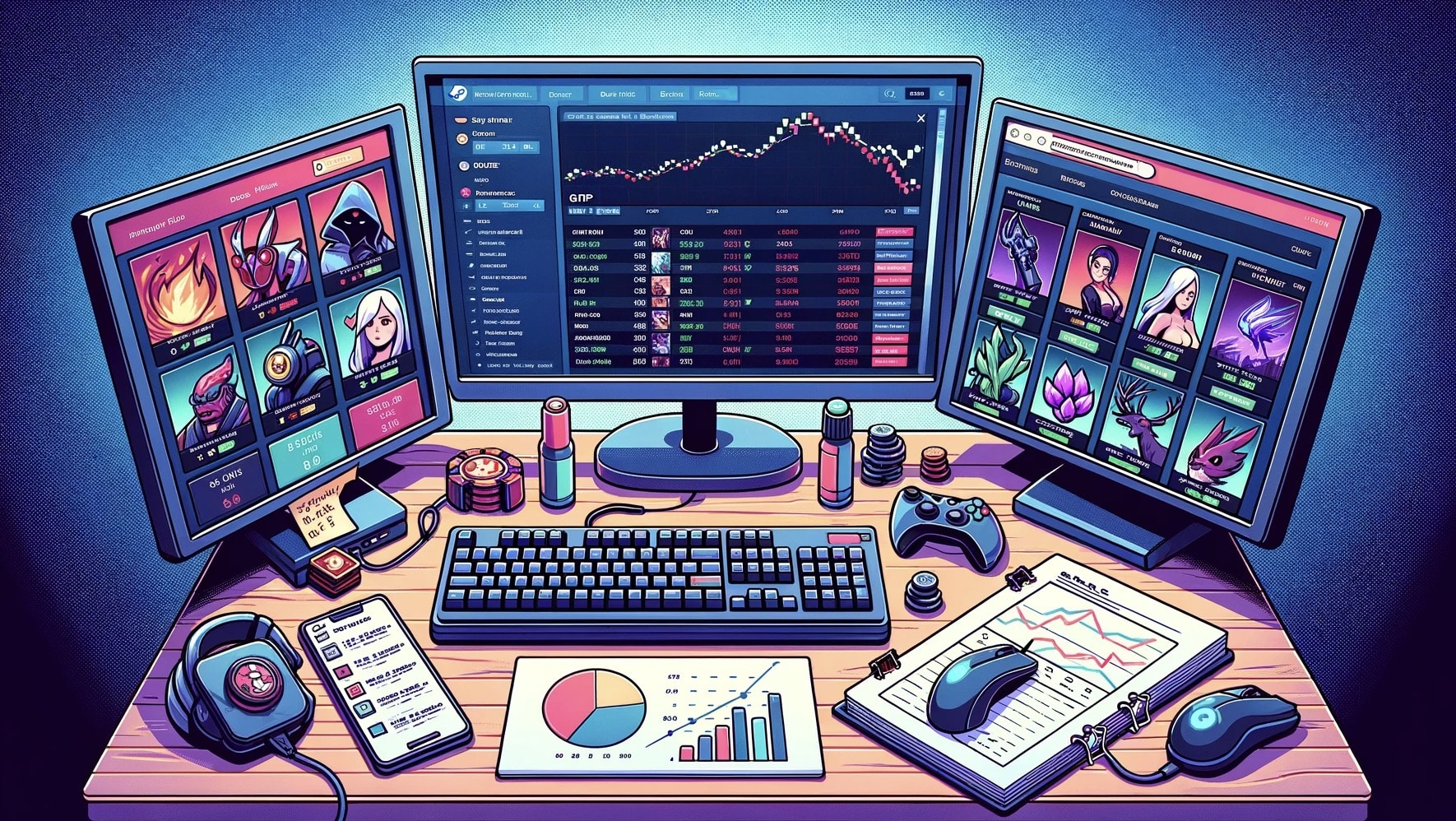
Steam is a renowned gaming platform for PC gamers, offering not only a diverse library of games but also a hub to connect with communities, engage in discussions, and form friendships. One feature that particularly differentiates Steam from other platforms is the Steam Community Market. This guide aims to provide an in-depth understanding of the nuances of the Steam Market, emphasizing the intricacies of buy orders and trading strategies.
The Steam Market: What’s Bought and Sold
Gamers can buy, trade, and sell a plethora of in-game items and skins on the Steam Market. While playing games like Team Fortress 2, Counter-Strike: Global Offensive, or Rust, players can acquire skins and items added to their inventory. These items can be retained for personal use or listed on the Steam Market, and upon a successful sale, the players earn Steam Wallet funds.

Types of Sale Pages
The market showcases two distinct sale pages:
- Menu Style: Predominantly for TF2 cosmetics or CS:GO skins, it displays each item listing with ascending price order, allowing immediate purchases through the “Buy Now” option.
- Wholesale Style: Used for interchangeable items like loot boxes or music kits. It shows the quantity of listings at various prices, with an option to place buy orders.
Dive into Buy Orders
Buy orders let players offer to purchase specific items at desired prices. However, effectively leveraging buy orders requires understanding some core concepts:
- Buy Order Amount: The cumulative cost of all listed buy orders. For example, if there are three buy orders priced at $0.20, $0.50, and $4.00, the total buy order amount would be $31.60.
- Buy Order Limit Calculation: The “10 times rule” suggests that the buy order limit is tenfold the player’s steam wallet amount. By subtracting the buy order amount from this product, the buy order limit is derived.
Potential bottlenecks include an inability to place buy orders exceeding the steam wallet balance and limitations on the quantity of items in an offer. Players should ensure their buy orders comply with these restrictions to avoid complications.
Personal Trading Strategies and Experiences
Hedge, a seasoned trader on Steam for over six years, shares their journey from trading scrap metal to profiting from buy orders during content updates. They emphasize the importance of understanding the Buy Order Priority System, which dictates the sequence of buy order fulfillments. A timely placement of buy orders for new items can enhance the chances of procuring the item before others.

Strategic Planning and Key Considerations
Success in the Steam Market requires strategy:
- Research: Understand game dynamics, market patterns, and item values.
- Price Estimation: Analyze historical data to forecast item prices.
- Fund Management: Allocate sufficient funds and decide the quantity of items.
- Avoid Bottlenecks: Regularly monitor buy orders to ensure they adhere to limits.
- Stay Updated: Adjust buy orders based on market fluctuations.
Additional pointers include monitoring item name changes to prevent ghost buy orders and ensuring active listings before placing a buy order.
Conclusion
The Steam Community Market offers a rewarding experience for those looking to profit from in-game items and skins. By mastering trading strategies, understanding buy order mechanics, and adapting to market trends, players can thrive in this virtual marketplace. Whether you’re a novice or a seasoned trader, this comprehensive guide aims to equip you with the knowledge to excel in the world of Steam Market trading.






Comments (0)
There are no comments here yet, you can be the first!